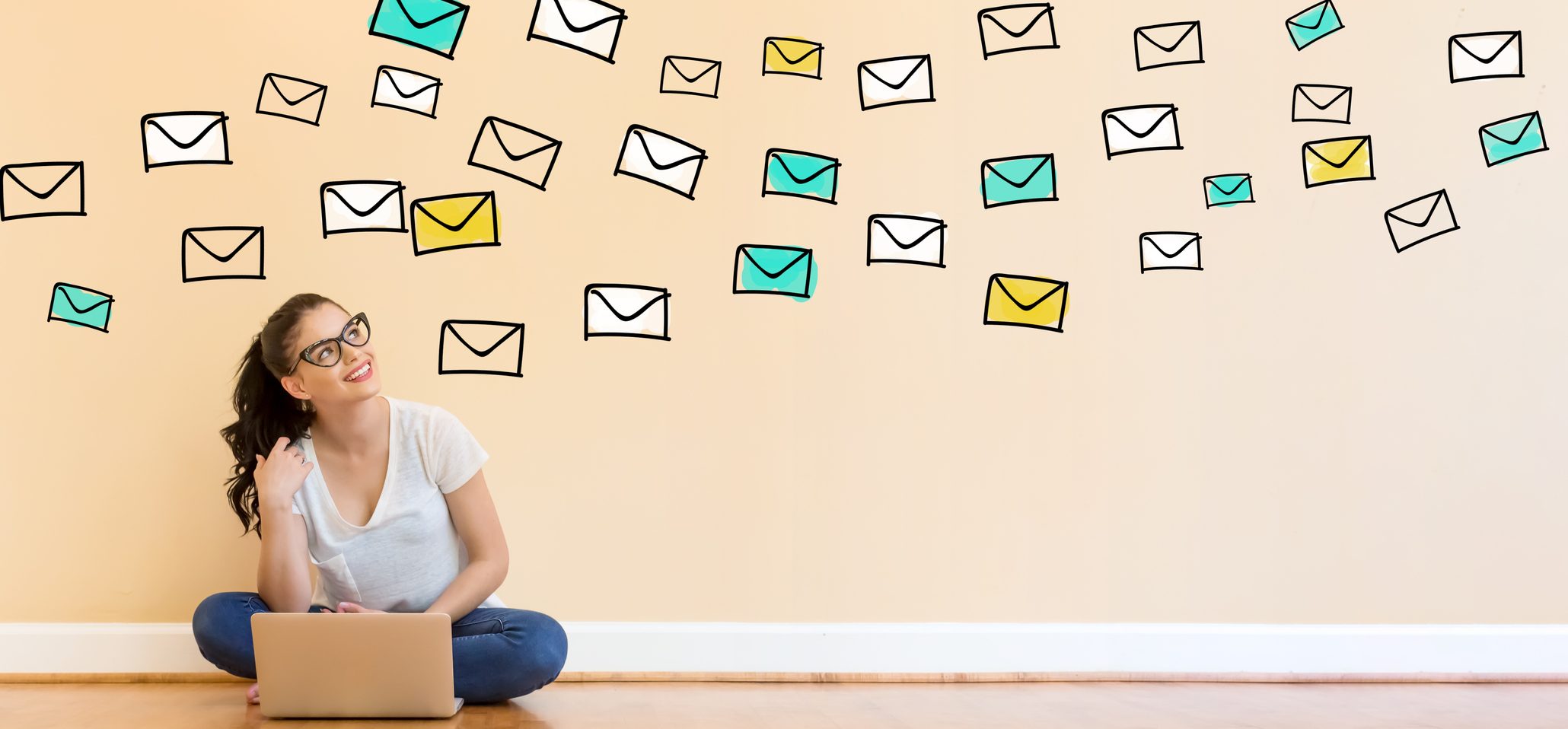 As public sector agencies work to communicate with their users and customers, engaging effectively with email can be challenging. Including email marketing in your digital outreach provides a more efficient way to communicate with specific, measurable outcomes. Consider email marketing to be similar to many of the social tools you use including Facebook, Twitter, YouTube and your website. Using email is just another way to reach your customers.
As public sector agencies work to communicate with their users and customers, engaging effectively with email can be challenging. Including email marketing in your digital outreach provides a more efficient way to communicate with specific, measurable outcomes. Consider email marketing to be similar to many of the social tools you use including Facebook, Twitter, YouTube and your website. Using email is just another way to reach your customers.
Email as a marketing tool should be based on who you are trying to communicate with and when and where you would like to reach them. Building brand recognition and awareness allows you to drive activity to your website and provide online and mobile services. You can also encourage action from users to fill in forms and complete tasks that normally would be performed in person or on the phone. This reduces call center requirements and decreases in-person appointments. The following areas are important to creating a successful email marketing strategy.
Define success
As with any project, it’s important to define success in a way that can be measured. There are many best practices and tools that provide definitions around success criteria. While these are readily available, customizing them for your organization ensures that you are specifically defining what is important in your world. Create specific success criteria that match your goals and make sure these are measurable and can be changed as your communication strategy matures.
- Who are you trying to reach?
- What measurements will you use and who will identify these in your organization
- Are people actually opening the emails and reviewing the content?
- Is there a positive effect on the organization?
- What is the end result you want to achieve with the communication?
A/B testing
Now that you’ve identified your success criteria, you need to test to make sure your efforts are effective. There are tools and technologies that can help you create these criteria and optimize your communication based on the effectiveness. This usually includes who you are targeting, when you are sending the communication, how you are personalizing the email based on what you know about the audience, and other testing rules that you’ve defined.
Ask for feedback
Users and customers are usually vocal about what they think of engagement models, especially in government organizations. You can collect feedback through tools, surveys and other methods to measure how the campaign is progressing. There are also analytics tools available that provide specific information on engagement, measuring how and when users engage and why they don’t respond.
Engaging in a personalized way
Sending an email that is personalized based on what you know about the customer shows them that you value their response and want to provide services in a way that is engaging. Providing a great experience via communication provides that engagement and creates a positive brand for the agency while reducing workload for agency staff.
Jennifer McNeill is part of the GovLoop Featured Contributor program, where we feature articles by government voices from all across the country (and world!). To see more Featured Contributor posts, click here.





This is especially helpful framing for successful email communications. I am personally a big fan of A/B testing with subject lines.